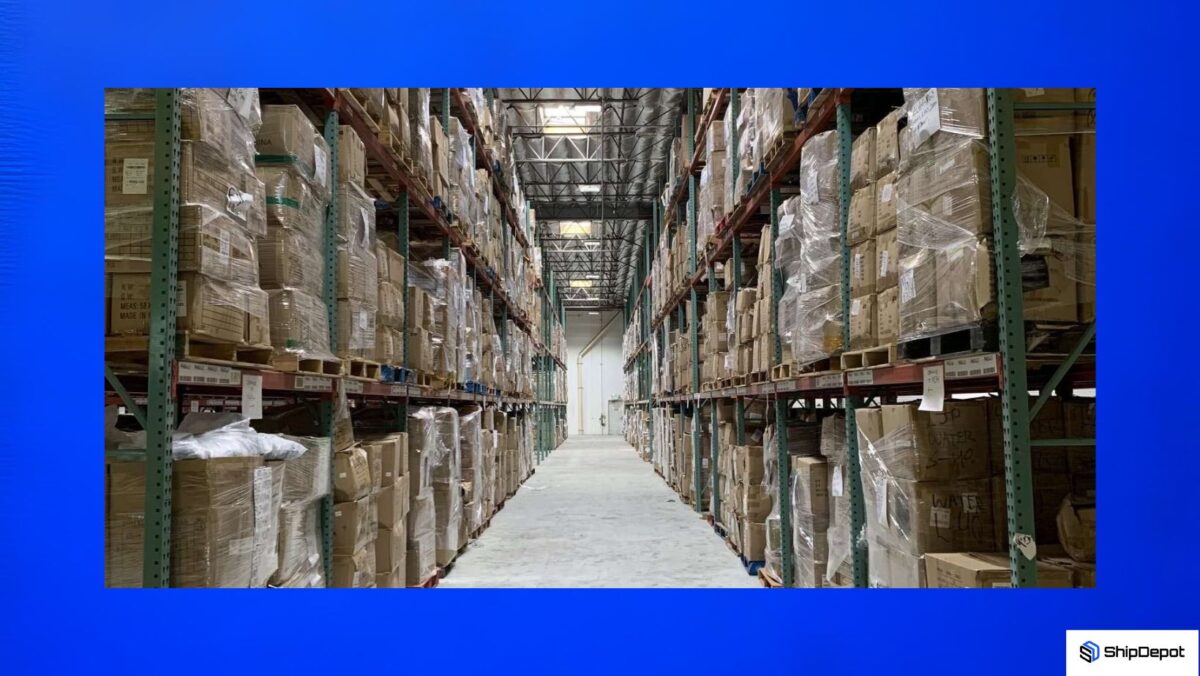-
The Importance of Data Analytics in Third-Party Logistics

As a 3PL provider, it’s important to keep a close eye on your analytics because they can reveal crucial insights into your operations. By analyzing data such as shipping times, order accuracy, and inventory levels, you can identify areas for improvement and make informed decisions that will help you optimize your processes and maximize efficiency.…
-
Maximizing Efficiency: The Top Ecommerce Fulfillment Strategies Used by 3PLs

Have you ever wondered how third-party logistics companies (3PLs) operate? What are their strategies to satisfy their customers’ needs and, of course, retain them? Whether you’re looking for a 3PL or not, continue to read on and learn the top fulfillment strategies these companies use to establish a strong foundation for long-term success. Perhaps there…